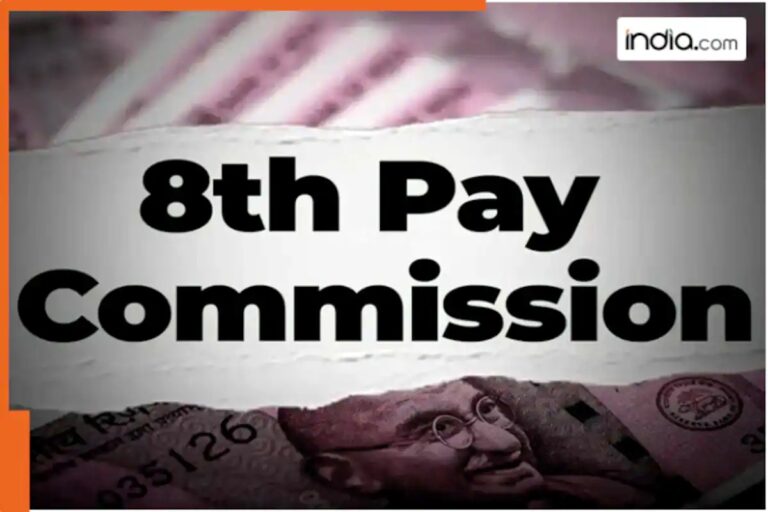
Delayed DA Decision Sparks Uncertainty Among Central Government Employees
The much-anticipated decision to revise Dearness Allowance (DA) and Dearness Relief (DR) for central government employees and pensioners remains pending, with officials citing procedural delays. Initially expected before the Holi festival, the announcement has been postponed for over a week. Despite preliminary discussions during the Union Cabinet meeting on March 19, no formal resolution was finalized. Sources indicate the government retains the authority to approve the hike at any moment, though internal processes and financial clearances have slowed the timeline. This delay has raised concerns among employees who rely on DA to offset inflationary pressures, with many anticipating a significant increase to maintain purchasing power.
Understanding DA: A Cost-of-Living Adjustment for Government Workers
Dearness Allowance is a crucial component of the basic salary for central government employees and pensioners, directly tied to inflation rates. Revised bi-annually, the DA aims to mitigate the impact of rising living costs. Unlike private sector workers, public sector employees and pensioners receive this allowance as a statutory benefit. The government typically announces hikes for the January-June and July-December cycles before major festivals like Holi and Diwali. However, the January-June 2025 cycle’s hike was delayed, with projections suggesting a 2% increase based on the All-India Consumer Price Index (AICPI) data from July-December 2024. This adjustment would raise DA from 53% to 55%, though experts anticipate higher increases due to revised inflation forecasts.
Financial Implications and Employee Benefits of the DA Hike
If approved, the 2% DA hike would provide tangible relief to employees and pensioners. For instance, a basic salary of Rs 18,000 would see a monthly increase of Rs 360, translating to an annual benefit of Rs 4,320. Similarly, pensioners with a basic pension of Rs 9,000 would gain Rs 180 monthly, or Rs 2,160 annually. However, economists suggest the hike could surpass 2%, potentially reaching 4%, given the Reserve Bank of India’s updated inflation projection of 4.8% for the financial year. This adjustment would not only enhance salaries but also provide critical support against inflation, though the delayed announcement has dampened expectations for a more substantial increase.
Government’s Timeline and Potential Impact on Employees
The next Union Cabinet meeting, scheduled for the upcoming week, is likely to finalize the DA hike decision. Once approved, the revised allowance will take effect from January 2025, with arrears for January, February, and March included in the April salary disbursement. While the delayed announcement has caused uncertainty, the hike remains vital for maintaining the standard of living for government employees and pensioners. The government faces mounting pressure to address inflationary concerns, particularly as the anticipated increase may fall short of previous years’ rates. This decision will not only affect financial planning but also influence public sentiment regarding the administration’s responsiveness to economic challenges.
Expert Predictions and Employee Anticipation
Analysts emphasize that the DA hike is a critical tool for balancing inflation’s effects on public sector workers. While the current projection of a 2% increase offers some relief, experts argue that the 4.8% inflation forecast necessitates a more substantial adjustment. The delayed announcement has created a sense of anticipation, with employees and pensioners closely monitoring government communications. The final decision will determine the extent of financial support provided to these groups, highlighting the DA’s role as a key component of their income structure. As the government navigates procedural and financial approvals, the outcome will have far-reaching implications for millions of workers reliant on this allowance for their livelihoods.




